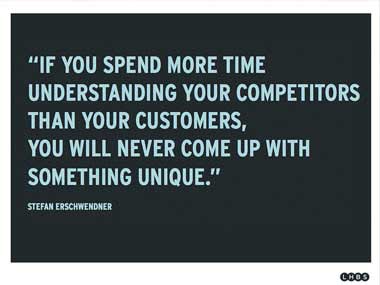The Stock Market is a phrase we all know and use but many of us, when put on the spot, know absolutely nothing about. We all picture men in suits waving paper in the air and shouting at other men in suits in front of screens, when actually in reality the vast majority of stock trading on the market floor has been replaced by trading over a computer network. As a first time investor it often feels like walking into a casino and throwing your money on the nearest roulette table. Obviously people who immerse themselves into this world for years haven't perfected the art of trading stocks, and it takes a lot of time and wit to fall into flow, but here is a simplified explanation for those wishing to understand a little more.
Essentially, The Stock Market is the buying and selling, or trading, of stocks bonds. The Stock Market itself is the location that buyers and investors trade stocks and bonds, whether electronically or on the market floor, and it allows people to instantly make transactions. Stocks are units of ownership of a company, and a bond is a debt investment, or money borrowed for a defined period of time.
When you buy stocks in a company, you basically "own" part of the company, and so if the value of the company increases, as does the value of the stock that you possess. The goal of stock and bond trading is to make a profit, and this is achieved by selling the stocks and bonds for a higher price than you purchased them for. The general practice is to buy them when they are worth less and to sell them when they are worth more, however judging this is the "gambling" element as stock prices can both increase and decrease.
Companies sell stock to the public to create money for the company which they can then invest in trying to turn around a profit. The benefit of selling stock as opposed to taking out a loan is that the company would have to repay the loan with interest, and selling stock allows the company more freedom. The people who invest in these stocks have to believe that it will be beneficial to them and that the stocks will bring them a positive return. The more shares that the company offers, the lower the value of each share.
If a company provides bad results for the quarter then their value and the value of their stocks will fall. If a company is performing well or the market for their product is quickly increasing then their shares are likely to rise. Naturally, it's far more complex than this and a company's value fluctuates depending on a multitude of different factors, from politics and the news, the company's earnings, growth expectations and also general activity in the banks and other companies and much more. Because this is so unpredictable, short term investment is very high risk. Understanding how these factors effect a company's value is the key to making a profit out of intelligence instead of luck.
Owners of company stock get paid a percentage of the company profits on an annual basis. They also become part of the corporation and have some say on how the company is run, so most company owners will buy a percentage of the stocks to make sure they maintain majority control and can continue to run the business as they wish.
This is a very short and simple explanation of a very complicated and ever changing force, however understanding the basics is vital for both professionals and beginners in the field.




